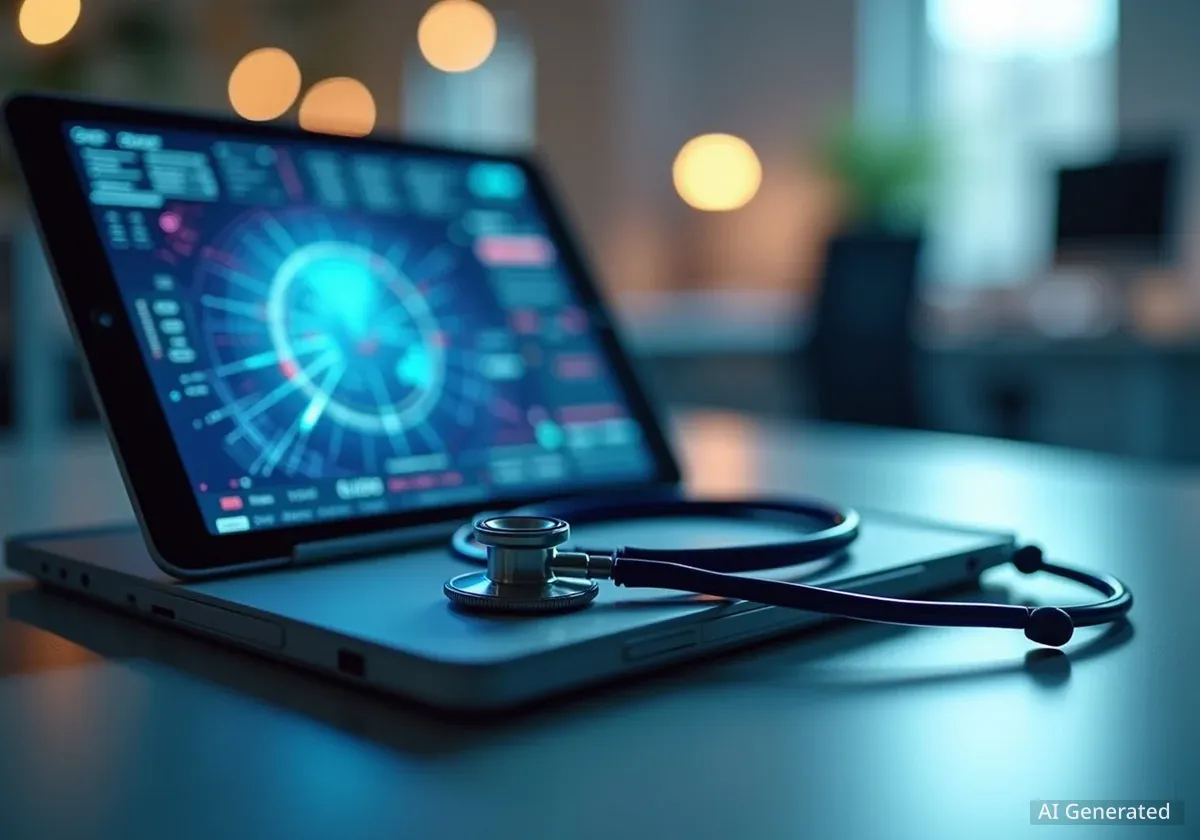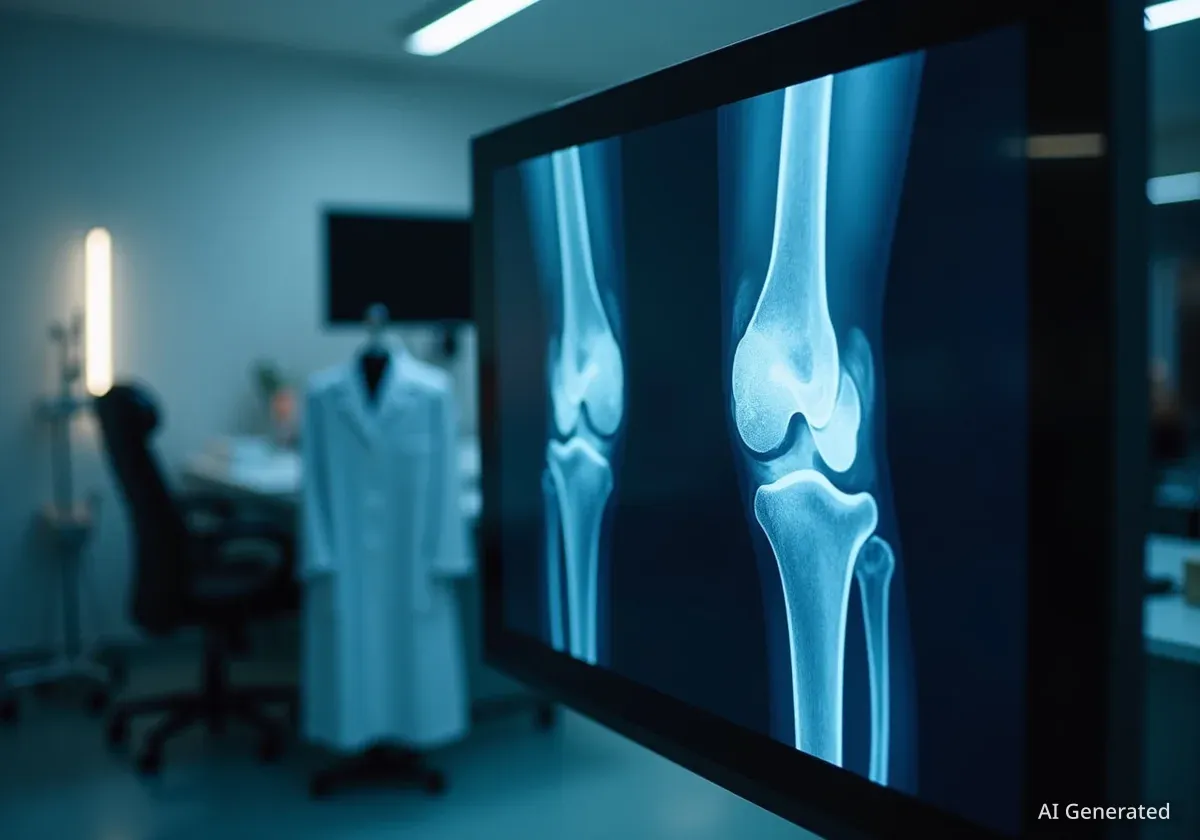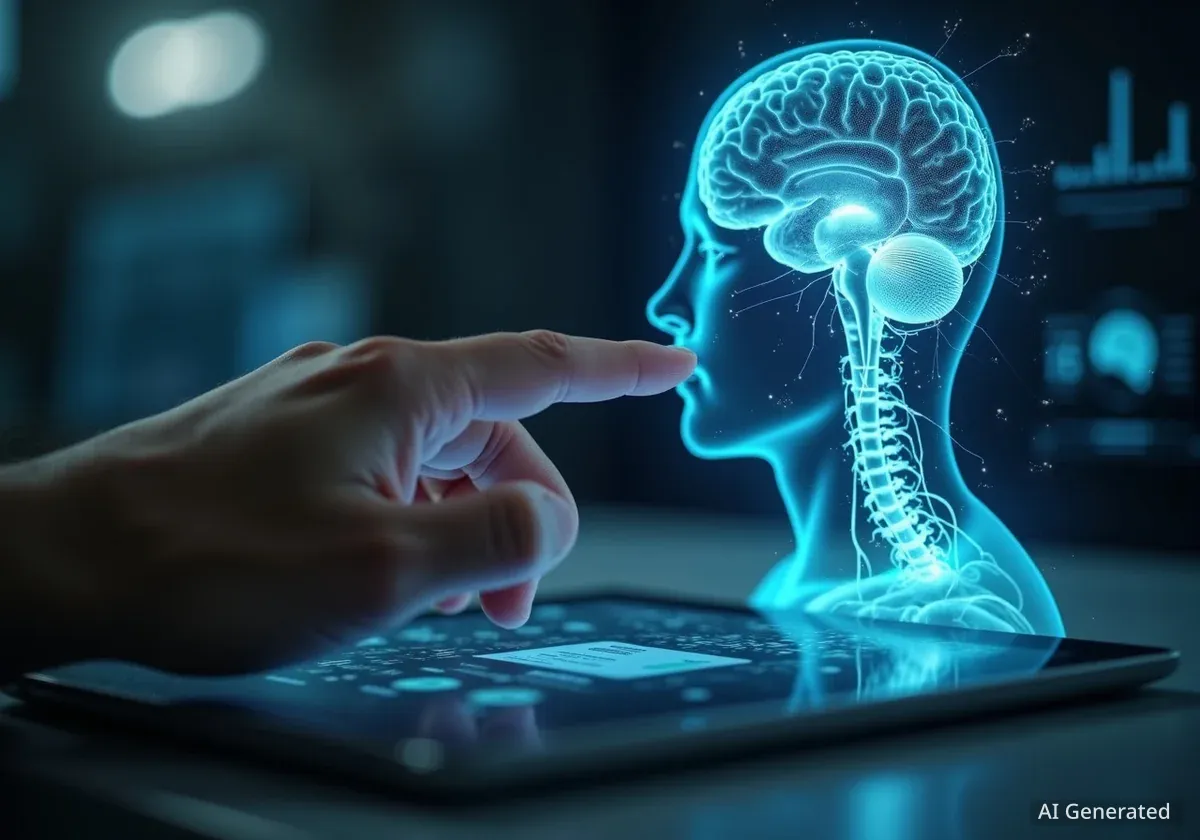The established medical resource UpToDate has introduced a generative artificial intelligence feature, a strategic move following the rapid adoption of AI-powered chatbot tools by doctors over the past two years. This development places the legacy platform in direct competition with newer startups that have quickly gained traction among clinicians seeking fast answers to complex medical questions.
For years, UpToDate has been a primary source of expert-curated medical information for healthcare professionals. However, the rise of large language models has enabled new companies to offer conversational tools that synthesize medical data, a trend particularly popular with younger physicians and residents looking to improve efficiency in patient care.
Key Takeaways
- Medical professionals have increasingly turned to AI chatbot tools for quick clinical answers over the last two years.
- Startups such as OpenEvidence and Pathway have successfully attracted hundreds of thousands of physician users.
- In response, the long-standing medical resource UpToDate has launched its own generative AI update.
- Industry experts see this as a necessary step for UpToDate to maintain its market position against emerging AI-native competitors.
A Shift in How Doctors Access Information
The daily workflow of a physician involves making hundreds of decisions, often under time pressure. Traditionally, finding answers required searching through dense medical literature or consulting resources like UpToDate, which provides comprehensive, evidence-based articles written and reviewed by experts.
Over the past two years, a new category of tools has emerged. Powered by large language models (LLMs), these platforms function like sophisticated chatbots. Doctors can ask a direct question, such as "What are the latest treatment options for type 2 diabetes in a patient with renal impairment?" and receive a synthesized, paragraph-style answer in seconds.
This shift has been especially pronounced among medical residents and younger doctors who are more accustomed to digital and AI-native technologies. The primary appeal is speed. These tools promise to reduce the time spent on research, allowing for more direct focus on patient care.
What Are Large Language Models in Medicine?
Large language models are AI systems trained on vast amounts of text data. In a medical context, they are trained on medical journals, textbooks, and clinical guidelines. They can understand and generate human-like text, enabling them to summarize complex topics, answer questions, and draft clinical notes. Their use in healthcare is growing, but it also raises questions about accuracy and reliability.
Startups Challenge the Established Order
The opportunity to serve this new demand has not gone unnoticed. Several startups have entered the market, building tools specifically for clinicians. Companies like OpenEvidence and Pathway have quickly established a significant user base, claiming to serve hundreds of thousands of physicians.
The success of these platforms highlights a gap that legacy providers were not filling. While UpToDate offered depth and authority, it did not provide the conversational, on-demand synthesis that these new AI tools offered. The acquisition of Pathway by Doximity, a large professional network for physicians, further signaled the market's validation of this new approach.
The rapid growth of these competitors created pressure on established players. For many in the medical community, it seemed inevitable that UpToDate would have to respond to avoid losing its user base to more modern, AI-driven alternatives.
Market Disruption by the Numbers
AI-native medical information startups like OpenEvidence and Pathway have collectively attracted hundreds of thousands of physician users in a span of approximately two years, demonstrating the significant demand for faster, synthesized medical answers in clinical settings.
UpToDate's Long-Awaited AI Integration
In response to the changing landscape, UpToDate recently announced its own generative AI update. The announcement was met with a sense of inevitability by many clinicians, who had been wondering when the trusted resource would embrace the new technology. The move is seen as a critical effort to modernize its platform and retain its central role in medical education and practice.
The new feature aims to combine the speed and conversational nature of AI with the trusted, expert-vetted content that has been the hallmark of UpToDate for decades. The goal is to provide doctors with the best of both worlds: quick, synthesized answers that are grounded in the same reliable evidence base they have always trusted.
Jonathan Chen, a hospitalist and researcher in healthcare AI at Stanford University, commented on the development, framing it as a defensive but necessary strategy.
"It’s the obvious thing to do. And their lunch is being eaten right now."
Chen's comment reflects a widespread sentiment that UpToDate was at risk of being outmaneuvered by more agile startups. By integrating generative AI, the company is not just adding a new feature; it is defending its territory in a market it has long dominated.
Implications for the Future of Medical Information
The integration of AI into core medical resources like UpToDate marks a significant milestone for health technology. It suggests that AI-driven information synthesis is moving from a niche, experimental tool to a mainstream feature in clinical practice.
This trend has several potential benefits:
- Increased Efficiency: Doctors may be able to find answers and make decisions more quickly, potentially improving patient throughput and care quality.
- Enhanced Decision-Making: AI can help synthesize information from multiple sources, potentially highlighting connections or data points a human might miss.
- Accessibility: Conversational interfaces can make complex medical information more accessible, especially for trainees and students.
However, the transition also comes with challenges. The reliability and accuracy of AI-generated medical summaries remain a critical concern. Ensuring that the AI's output is free from errors or "hallucinations" is paramount, as clinical decisions based on faulty information could have severe consequences. UpToDate's strategy of grounding its AI in its own expert-curated content is a direct attempt to mitigate this risk.
As this technology becomes more embedded in healthcare, the industry will need to establish clear standards for its use, validation, and oversight. The race between established giants and nimble startups will likely accelerate innovation, but the ultimate priority will remain the safety and well-being of patients.





